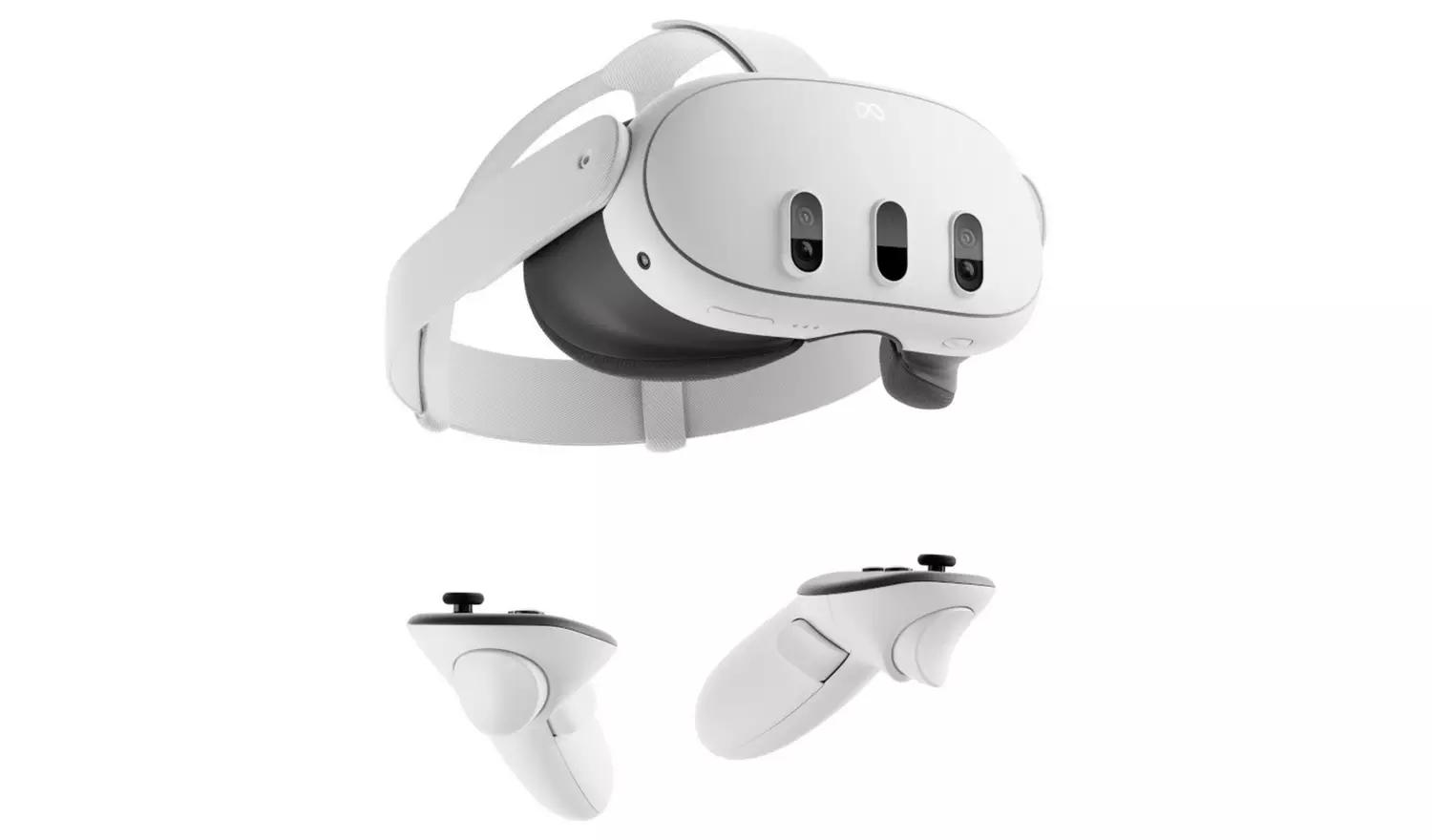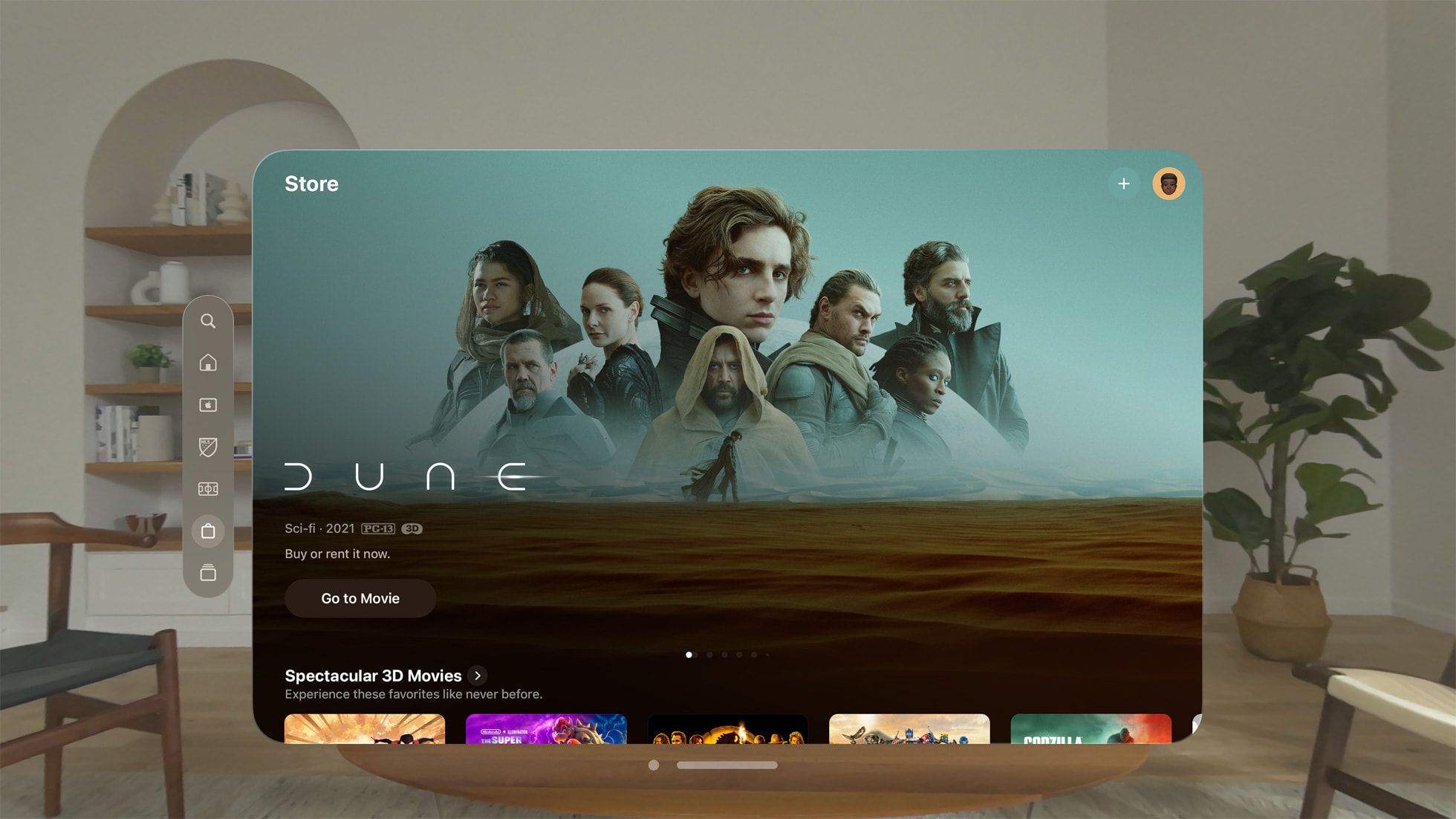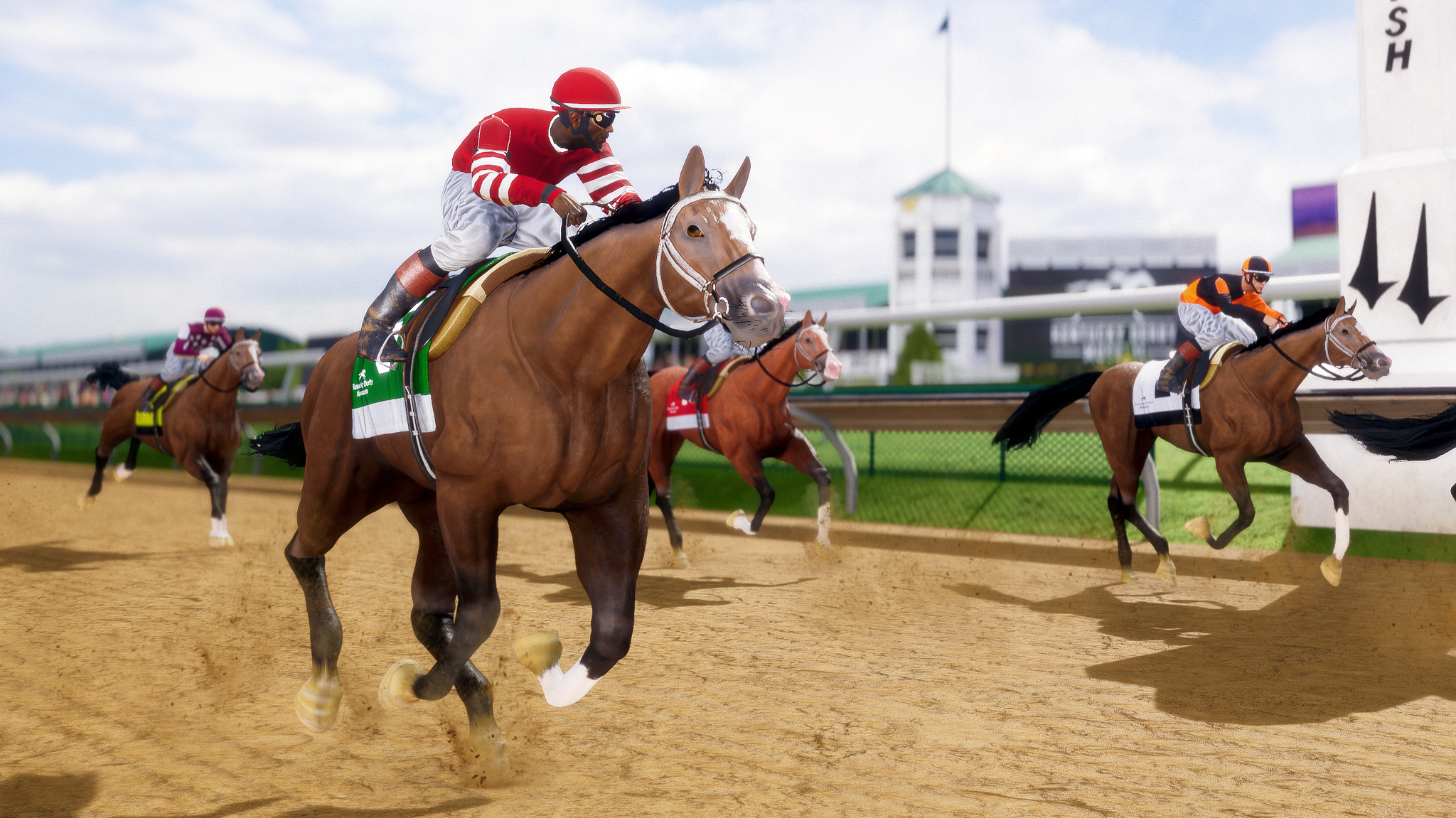
The Impact of VR in Automotive Retail
As the roar of self-driving cars reverberates on the roads , the automotive industry is undergoing a profound transformation. No longer confined to traditional showrooms, cars are being sold like everyday groceries, adopting innovative approaches from the likes of Tesla, BMW, and Jaguar. In this era of automotive evolution, virtual reality (VR) is emerging as a key player, reshaping the consumer experience in three significant ways.
1. Customer Customisation of Cars
The traditional approach to customizing cars online is taking a quantum leap with VR. Beyond configuring options on a website, customers can now wear a headset and virtually step inside their dream car from the comfort of their homes. Audi's Next-gen Showrooms lead the charge, offering a seated VR experience powered by Vive and Rift VR goggles. Users can customize their chosen Audi in real-time using a connected app, altering everything from car models to interior features and colors. Jaguar, not to be outdone, has ventured into VR within its dealerships, bridging the gap between online and offline experiences. Virtual showrooms are gaining traction among the US retailers, introducing VR headsets to create emotional connections and enhance the customer journey.
Living the Brand
VR is not merely about promoting a product; it's a powerful tool for immersing consumers in the brand story. Beyond showcasing the technicalities, brands are leveraging VR to transport customers to race tracks, introduce them to drivers and teams, or let them drive through scenic landscapes.
We created an unparalleled VR experience for KIA who where looking to activate there sponsorship at the Austrialian Open. Centred around their new high-performance sports saloon, the Kia Stinger captivate fans and showcase the prowess of both the car and the technological capabilities of Created by Catalyst. We designed two robust VR simulators, each capable of hosting four participants, featuring authentic Kia Stinger interiors and advanced VR technology. With meticulous design and over 80 metres of wiring, the simulators provided a genuine feel. Through high-definition 360 video and custom VR camera mounts tailored for the Kia Stinger, participants felt the adrenaline of the car's 240km/h speed. It was voted #1 fan activation at the Australian Open!
Watch the experience here.
VR in the Design Process
While not directly linked to sales, consumers now have a role in the design and testing of new car models. Engaging customers in the design process through VR experiences allows for real-time refinement based on valuable consumer insights. This innovative approach replaces outdated clay models, involving customers much earlier in the path to purchase. The automotive industry, unique in its large demographic of car enthusiasts, is seizing the opportunity to make consumers an integral part of the design team.
As VR applications extend from research and development labs to showrooms and homes, the automotive industry is undergoing a digital revolution. VR is not confined to gaming; it is increasingly becoming a tool for digitally-driven shopping experiences, enticing a new generation of customers into dealerships. By 2024, studies suggest that 5% of all cars will be sold online, with VR playing a significant role in driving this shift. Whether for car manufacturers, rental companies, race circuits, or motor shows, VR is proving to be the edge that sets businesses apart in the competitive automotive arena. The possibilities are vast, from boutique VR test drives to virtual showrooms accessible from the comfort of consumers' homes, all contributing to deeper customer loyalty and brand engagement.
Catalyst is ready to propel brands into the future of immersive automotive retail.












